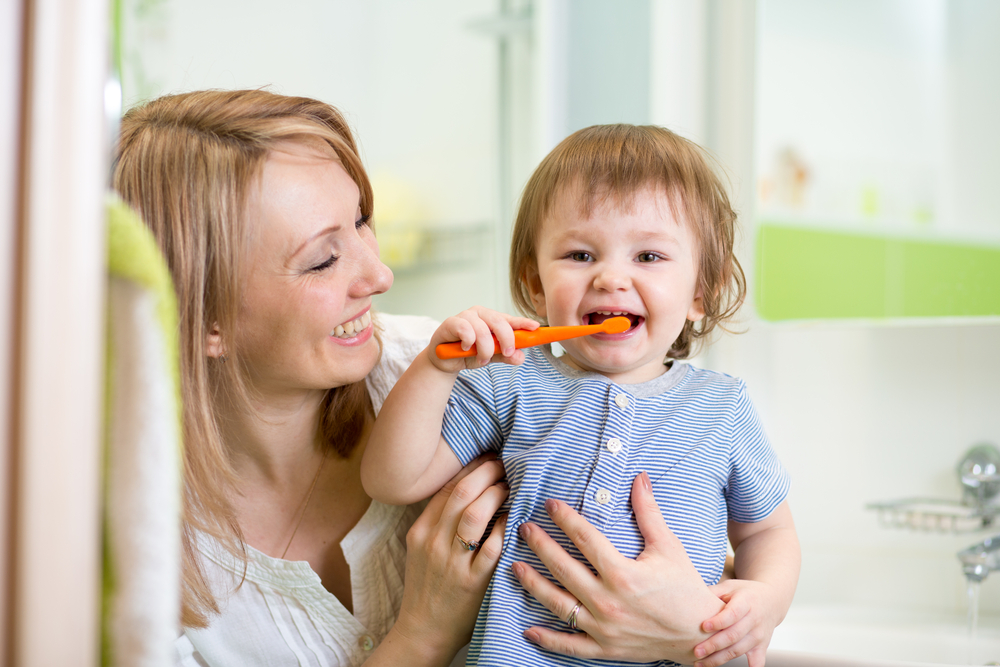Bottle rot is a term used in various contexts to describe the degradation of materials or substances within bottles. Whether in the realm of beverages, pharmaceuticals, or other liquid-containing bottles, bottle rot can lead to significant issues. Understanding the causes, prevention strategies, and treatment options is crucial for maintaining the quality and safety of the contents. This article provides a comprehensive overview of bottle rot, addressing key factors and offering practical advice for managing and preventing it.
1. What is Bottle Rot?
Bottle rot, also known as bottle blight or bottle degradation, refers to the deterioration of the contents or the container itself due to various factors. In beverages, it often involves the spoilage of liquids due to microbial contamination or chemical reactions. In pharmaceuticals, it may involve the breakdown of medicines or supplements over time. The common denominator is that bottle rot impacts the integrity and usability of the bottle’s contents.
2. Causes of Bottle Rot
Understanding the causes of bottle rot is essential for effective prevention and treatment. The primary factors contributing to bottle rot include:
Microbial Contamination
Microbial contamination is a leading cause of bottle rot, especially in beverages and food products. Bacteria, yeast, and mold can proliferate within bottles if they are not properly sterilized or sealed. Common sources of contamination include:
- Improper Sealing: Bottles that are not sealed tightly can allow microorganisms to enter and proliferate.
- Unclean Bottles: Bottles that are not cleaned thoroughly before filling can harbor microorganisms.
- Contaminated Fillings: Ingredients or liquids that are contaminated before bottling can introduce pathogens.
Chemical Reactions
Chemical reactions within the bottle can also lead to degradation. These reactions can occur due to:
- Oxidation: Exposure to air can cause oxidation of ingredients, leading to changes in flavor, color, and safety. For example, oxidation can cause wine to spoil or pharmaceuticals to lose potency.
- Light Exposure: UV light can degrade certain chemicals and compounds, leading to changes in the product’s quality. This is particularly relevant for products sensitive to light, such as certain medicines and beverages.
Temperature Fluctuations
Temperature fluctuations can adversely affect the contents of a bottle. Both high and low temperatures can cause:
- Expansion and Contraction: Temperature changes can cause the contents to expand or contract, potentially leading to leakage or spoilage.
- Chemical Changes: Extreme temperatures can accelerate chemical reactions, causing degradation of the product.
Improper Storage
Improper storage conditions can exacerbate bottle rot. Factors such as:
- Humidity: Excessive humidity can promote the growth of mold and mildew.
- Inadequate Ventilation: Poor ventilation can lead to the buildup of moisture and contaminants.
3. Prevention of Bottle Rot
Preventing involves implementing measures to address the causes and create optimal conditions for storing and handling bottles. Key prevention strategies include:
Proper Sealing and Sterilization
Ensuring that bottles are properly sealed and sterilized before use is fundamental:
- Sealing: Use high-quality seals and closures to prevent contamination and leakage.
- Sterilization: Sterilize bottles and equipment thoroughly to eliminate microorganisms before filling.
Optimal Storage Conditions
Maintain optimal storage conditions to minimize the risk of bottle rot:
- Temperature Control: Store bottles at stable temperatures, avoiding extremes.
- Humidity Control: Use dehumidifiers or climate control systems to manage humidity levels.
- Light Protection: Store light-sensitive products in opaque or dark containers to protect them from UV light.
Regular Inspections
Regularly inspect bottles and their contents to identify early signs of degradation:
- Visual Inspection: Check for changes in color, clarity, or sedimentation.
- Odor and Taste Testing: For beverages and food products, monitor for off odors or flavors.
Correct Handling
Handle bottles with care to avoid introducing contaminants or damaging the packaging:
- Clean Hands and Equipment: Ensure hands and equipment are clean before handling bottles.
- Avoid Cross-Contamination: Use separate tools and containers to prevent cross-contamination.
4. Treatment of Bottle Rot
If bottle rot is detected, timely action is necessary to address the issue:
Discard Contaminated Contents
If the contents of a bottle are compromised, discard them safely:
- Follow Guidelines: Follow local guidelines for the disposal of contaminated or expired products.
- Prevent Spread: Take precautions to prevent the spread of contaminants when discarding products.
Clean and Sanitize Containers
If the bottle itself is reusable, clean and sanitize it thoroughly:
- Cleaning: Wash bottles with appropriate detergents to remove residues.
- Sanitizing: Use sanitizing solutions or heat treatments to eliminate microorganisms.
Assess and Correct Storage Practices
Review and correct any storage practices that may have contributed to the problem:
- Adjust Conditions: Modify storage conditions to prevent recurrence of bottle rot.
- Implement Best Practices: Adopt best practices for handling and storing bottles.
Conclusion
Bottle rot is a multifaceted issue that can impact various types of bottles and their contents. By understanding the causes, implementing preventive measures, and addressing problems promptly, you can effectively manage and mitigate the risks associated with bottle rot. Whether you are dealing with beverages, pharmaceuticals, or other liquid-containing bottles, maintaining proper handling and storage practices is crucial for preserving the quality and safety of the contents.

Leave a Reply